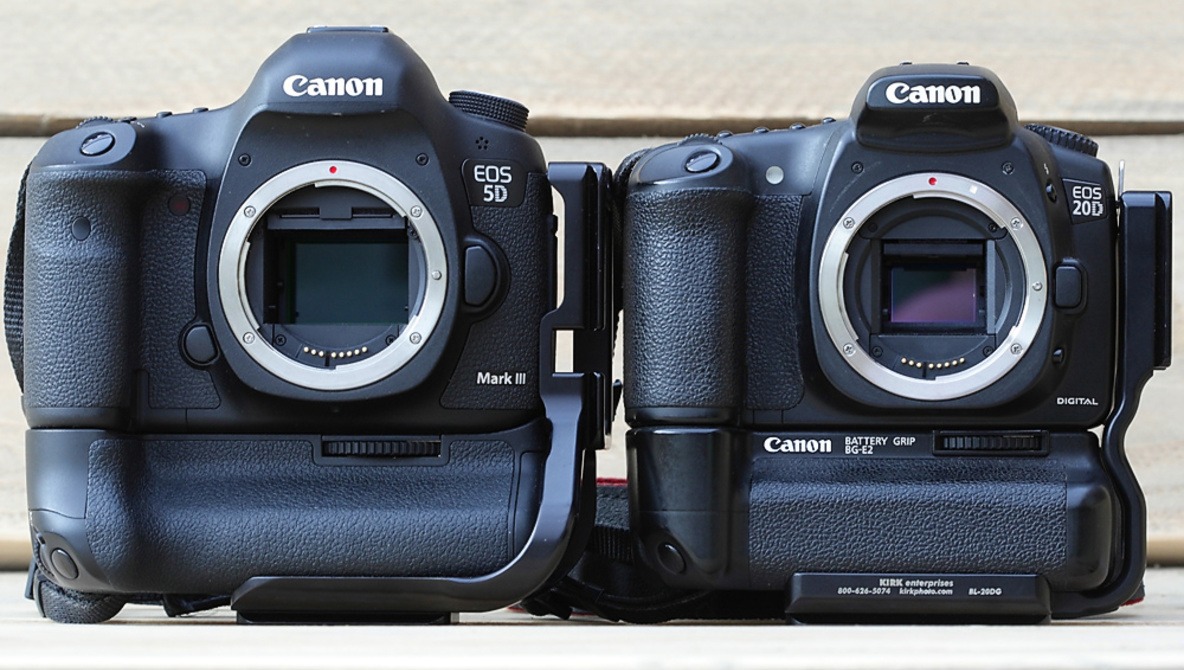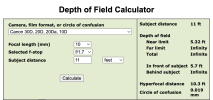Nigel
Well-Known Member
- Joined
- Jul 7, 2014
- Messages
- 16,806
- Reaction score
- 8,776
- Location
- Wales
- Country
- United Kingdom
- Dash Cam
- Gitup F1+G3ꞈꞈꞈꞈꞈ Viofo A229ꞈꞈꞈꞈꞈ Blueskysea B4K
Not for an imx678 size sensor?There's also dashcams with f/1.5 lenses.
The bigger the sensor, the less depth of field even if the aperture doesn't change, and thus the more accurate the focus needed. Think of the big plate cameras with very shallow depths of field despite having fairly wide angle lenses.
Focusing to infinity is easy, but having done that, the depth of field limits how close it can focus, there is not much point having a dashcam that can't focus at less than 20 meters when the resolution limits reading plates to less than 20 meters. You can of course focus it for 10 meters, but then everyone will complain that infinity is out of focus.but really you're working with a wide angle lens that's focused to infinity
So for a dashcam that must have excellent focus from 3 meters to infinity, there is a limit to how big the aperture can be, and a limit to how big the sensor can be, and with an f/1.7 imx678, you will have to be pretty accurate on the focusing, while an imx675 sized sensor with an f/2.8 aperture might almost be focused somewhat reliably by screwing the lens in x turns and not bothering to check the result!
Yes, nobody wants an out of focus dashcam, if you are going to sell an f/1.7 then you need an adequate focusing facility, with appropriate quality control.but ultimately it needs to be done. We need to be able to properly record details to the right and left of our car as well.



